| View previous topic :: View next topic |
| Author |
Message |
Hari


Joined: 29 Nov 2009
Posts: 1790
Expire: 2015-05-27
|
 Posted: Tue May 15, 2012 1:33 pm Post subject: Posted: Tue May 15, 2012 1:33 pm Post subject: |
 |
|
Hari wrote:
http://youtu.be/WNzYdWqjWh0
- video from the Leica forum guys
_________________
Analogue Rangefinders: Leica M5, Leica M6 Titanium classic 0.72, Leica M7 0.58, Leica M7 0.85
Digital Rangefinder: Leica M9, Leica Monochrom, Leica M240
SLR: Leica R3 electronic, Canon AE1P
DSLR: Canon 5D MK2
M mount Lenses: Super-Wide Heliar 15/f4.5 ASPH. + Leica 24/f3.8 ASPH + Leica 28/f2 ASPH. + Leica 35/f1.4 ASPH. FLE + Leica Noctilux 50/f0.95 + Leica Noctilux 50/f1 + Canon 50/f1.2 LTM + Leica 50/f1.4 ASPH. + Leica 50/f1.5 + Zeiss ZM Sonnar 50/f1.5 + Leica APO Summicron 50/f2 + Leica Summitar 50/f2 + Leica Rigid Summicron 50/f2 + Zeiss ZM Planar 50/f2 + Leica 50/f2.8 E39 + Leica 75/f1.4 + Leica APO 75/f2 ASPH. + Voigtlander 75/f2.5 + Leica Summarex 85/f1.5 + Leica APO 90/f2 ASPH. + Leica 90/f2 E55 + Leica 90/f2.8 + Leica APO 135/f3.4
Leica R mount Lenses: Leica-R 60/2.8 E55 + Leica-R 80/1.4 E67 + Leica-R 180/4
EF mount Lenses: Canon 50/1.8 II
M42 mount Lenses: Too many
My pictures: http://www.flickr.com/photos/dementedjesus/ |
|
| Back to top |
|
 |
Hari


Joined: 29 Nov 2009
Posts: 1790
Expire: 2015-05-27
|
 Posted: Wed May 16, 2012 9:55 pm Post subject: Posted: Wed May 16, 2012 9:55 pm Post subject: |
 |
|
Hari wrote:
some random b&w shots from the m9
all shot in raw color, pp to b&w using lightroom
good or bad, to my eyes my m9 delivers the results that make me happy -> (less than 1-2 minutes of post processing done on the images)
edit: i replaced some images which may have been too dark on your monitors
m9 + leica summitar 50 f2 (1939-1953)


m9 + heliar 75 f2.5
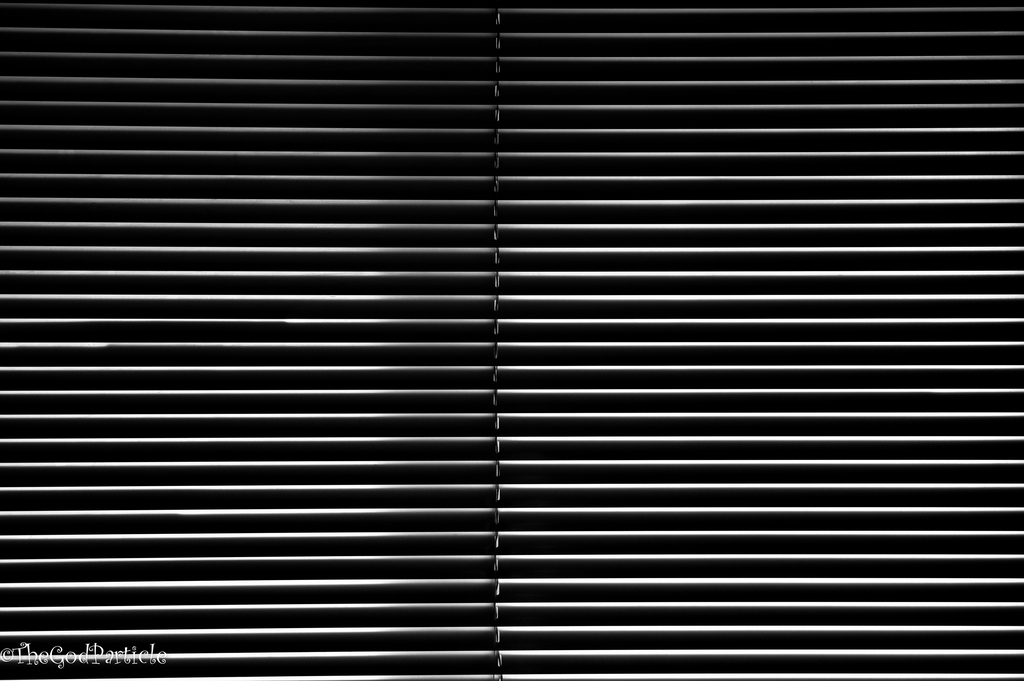


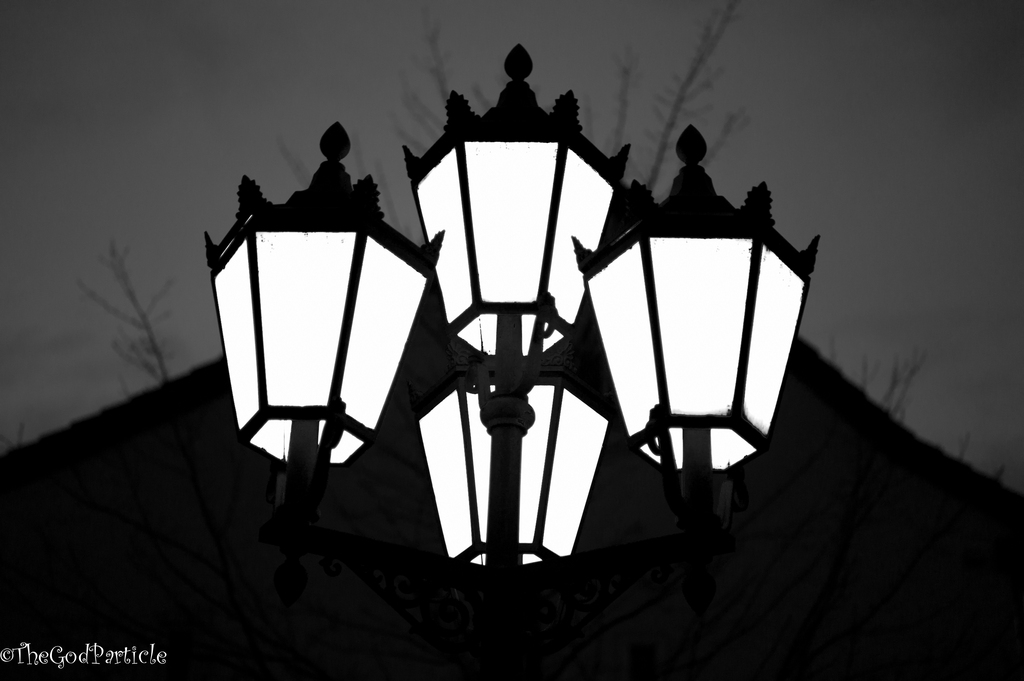


m9 + summilux 75 ->
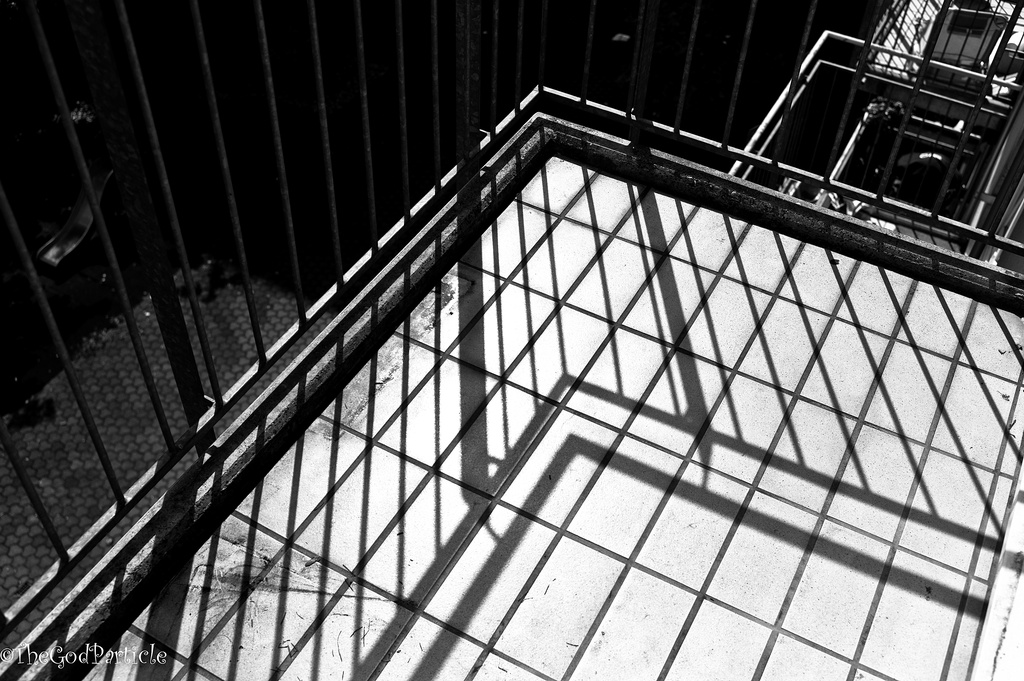



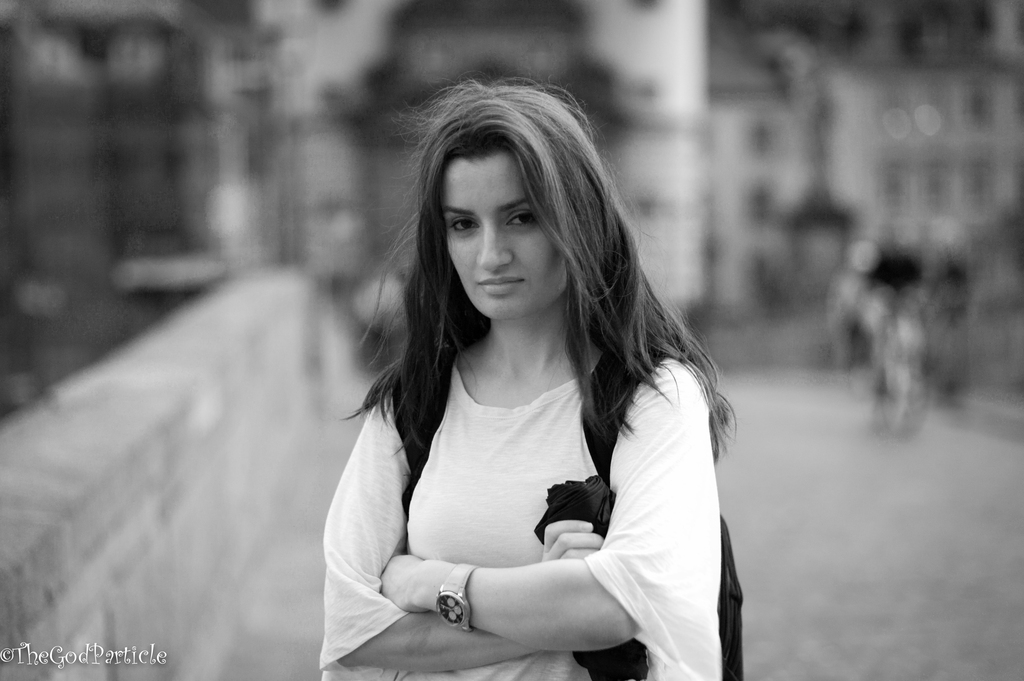
what's life without some humor -> (seen in the toilet of the bar i was in)
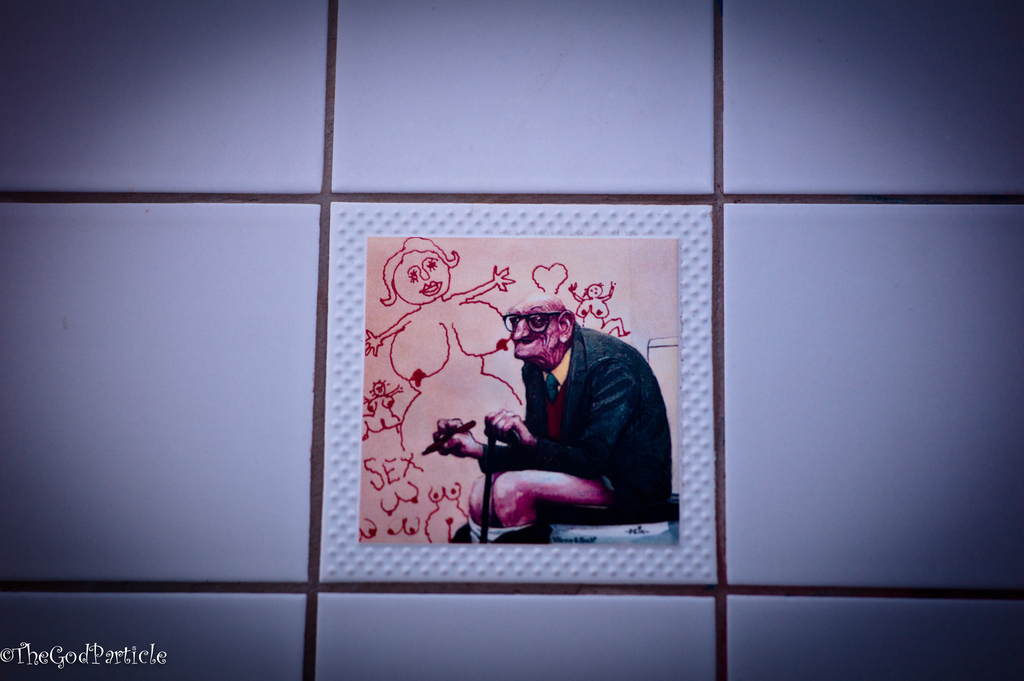
_________________
Analogue Rangefinders: Leica M5, Leica M6 Titanium classic 0.72, Leica M7 0.58, Leica M7 0.85
Digital Rangefinder: Leica M9, Leica Monochrom, Leica M240
SLR: Leica R3 electronic, Canon AE1P
DSLR: Canon 5D MK2
M mount Lenses: Super-Wide Heliar 15/f4.5 ASPH. + Leica 24/f3.8 ASPH + Leica 28/f2 ASPH. + Leica 35/f1.4 ASPH. FLE + Leica Noctilux 50/f0.95 + Leica Noctilux 50/f1 + Canon 50/f1.2 LTM + Leica 50/f1.4 ASPH. + Leica 50/f1.5 + Zeiss ZM Sonnar 50/f1.5 + Leica APO Summicron 50/f2 + Leica Summitar 50/f2 + Leica Rigid Summicron 50/f2 + Zeiss ZM Planar 50/f2 + Leica 50/f2.8 E39 + Leica 75/f1.4 + Leica APO 75/f2 ASPH. + Voigtlander 75/f2.5 + Leica Summarex 85/f1.5 + Leica APO 90/f2 ASPH. + Leica 90/f2 E55 + Leica 90/f2.8 + Leica APO 135/f3.4
Leica R mount Lenses: Leica-R 60/2.8 E55 + Leica-R 80/1.4 E67 + Leica-R 180/4
EF mount Lenses: Canon 50/1.8 II
M42 mount Lenses: Too many
My pictures: http://www.flickr.com/photos/dementedjesus/
Last edited by Hari on Thu May 17, 2012 10:36 am; edited 1 time in total |
|
| Back to top |
|
 |
Orio

Joined: 24 Feb 2007
Posts: 29545
Location: West Emilia
Expire: 2012-12-04
|
 Posted: Wed May 16, 2012 10:10 pm Post subject: Posted: Wed May 16, 2012 10:10 pm Post subject: |
 |
|
Orio wrote:
Your pictures look extremely dark on my monitor - some near the point of pure black.
_________________
Orio, Administrator
T*
NE CEDE MALIS AUDENTIOR ITO
Ferrania film is reborn! http://www.filmferrania.it/
Support the Ornano film chemicals company and help them survive!
http://forum.mflenses.com/ornano-chemical-products-t55525.html |
|
| Back to top |
|
 |
Hari


Joined: 29 Nov 2009
Posts: 1790
Expire: 2015-05-27
|
 Posted: Wed May 16, 2012 10:35 pm Post subject: Posted: Wed May 16, 2012 10:35 pm Post subject: |
 |
|
Hari wrote:
| Orio wrote: |
| Your pictures look extremely dark on my monitor - some near the point of pure black. |
hmmmmm on my screen they appear dark too but with gradiation ... which is the effect i wanted
anybody else see black or gradiation?
point of this post being what Orio said above - my m9 is more than capable of delivering fantastic b&w images, i dont think i will spend on the monochrome
maybe a contax 645 kit instead 
_________________
Analogue Rangefinders: Leica M5, Leica M6 Titanium classic 0.72, Leica M7 0.58, Leica M7 0.85
Digital Rangefinder: Leica M9, Leica Monochrom, Leica M240
SLR: Leica R3 electronic, Canon AE1P
DSLR: Canon 5D MK2
M mount Lenses: Super-Wide Heliar 15/f4.5 ASPH. + Leica 24/f3.8 ASPH + Leica 28/f2 ASPH. + Leica 35/f1.4 ASPH. FLE + Leica Noctilux 50/f0.95 + Leica Noctilux 50/f1 + Canon 50/f1.2 LTM + Leica 50/f1.4 ASPH. + Leica 50/f1.5 + Zeiss ZM Sonnar 50/f1.5 + Leica APO Summicron 50/f2 + Leica Summitar 50/f2 + Leica Rigid Summicron 50/f2 + Zeiss ZM Planar 50/f2 + Leica 50/f2.8 E39 + Leica 75/f1.4 + Leica APO 75/f2 ASPH. + Voigtlander 75/f2.5 + Leica Summarex 85/f1.5 + Leica APO 90/f2 ASPH. + Leica 90/f2 E55 + Leica 90/f2.8 + Leica APO 135/f3.4
Leica R mount Lenses: Leica-R 60/2.8 E55 + Leica-R 80/1.4 E67 + Leica-R 180/4
EF mount Lenses: Canon 50/1.8 II
M42 mount Lenses: Too many
My pictures: http://www.flickr.com/photos/dementedjesus/ |
|
| Back to top |
|
 |
iangreenhalgh1


Joined: 18 Mar 2011
Posts: 15679
Expire: 2014-01-07
|
 Posted: Wed May 16, 2012 11:24 pm Post subject: Posted: Wed May 16, 2012 11:24 pm Post subject: |
 |
|
iangreenhalgh1 wrote:
They are dark but only the last three look too dark to me.
_________________
I don't care who designed it, who made it or what country it comes from - I just enjoy using it! |
|
| Back to top |
|
 |
Himself

Joined: 01 Mar 2007
Posts: 3245
Location: Montreal
Expire: 2013-05-30
|
 Posted: Thu May 17, 2012 2:58 am Post subject: Posted: Thu May 17, 2012 2:58 am Post subject: |
 |
|
Himself wrote:
I see black, not dark.
_________________
Moderator Himself |
|
| Back to top |
|
 |
Hari


Joined: 29 Nov 2009
Posts: 1790
Expire: 2015-05-27
|
 Posted: Fri May 18, 2012 1:07 pm Post subject: Posted: Fri May 18, 2012 1:07 pm Post subject: |
 |
|
Hari wrote:
an interesting discussion at the rangefinderforum ->
Quoting Dante Stella ->
M Monochrom: is "significantly higher resolution" junk science?
"Are popular discussions of the M Monochrom technically misinformed? I think that it is fairly uncontroversial that losing the Bayer pattern filter will do several things:
1. Increase light sensitivity by 2-4x by removing the array (hence ISO 10,000 over 2,500) (according to Kodak technical materials related to its RGBW patent, the efficiency of a typical Bayer sensor is about 1/3).
2. Eliminate the blue-channel-noise-in-incandescent-ligtht problem by eliminating the blue filter.
3. Allow the use of standard contrast filters originally designed black and white film (inasmuch as the M-M spectral response is similar to known films).
I am frankly suspicious of any claim that a monochrome sensor has twice the resolution of a Bayer one (or anything near that big a difference). I don't think anyone is going to try to argue against how resolution is measured: so many cycles at so much contrast. But my suspicions are based on the following:
1. I have not seen any organized literature that chalks up differences in resolving power to different demosaicing algorithms. The discussion is primarily of aliasing and artifacts, which are problems that occur when adjacent colors in an image interact badly with color reconstruction. Maybe I have not read enough patents and white papers. Does anything actually discuss resolving power?
2. If Bayer decoding led to any significant loss in resolving power on the sensor, we would have seen a test by now comparing aerial resolution of lenses, the theoretical resolution of a sensor, and the resulting output.
3. But Dr. Evil, that has come to pass! According to Erwin Puts' tests, even including a lens (always a drag on an optical system), the M9 resolves 60lp/mm, about 82% of its Nyquist limit of 73lp/mm. Because you have the same sensor in the M-M with the same density, the limit is the same. Even if the M-M reached its Nyquist limit, that would still be only 20% better than the color model.
3a. Even absent the above, it is well documented (and formulaic) that doubling the resolution of one component of an optical system would not double the end resolution.
4. In the interpolation fury, there seems to be a considerable amount of confusion between an on-chip pixel and the resulting effective photosite. A simple way to understand photosites is a virtual pixel that overlaps a four-square R-G-G-B matrix of photodiodes, as shown in a diagram like this. Except at the edges, the diodes themselves belong to more than one photosite (hence the two pixel counts - actual and effective - you see in specifications). Real arrays, depending on the algorithm used, can consist of many more than 4 pixels.
5. The real math is a lot more complex - and getting ticked off about "interpolation" by thinking of averaging is simplistic. It's not averaging, and the mathematical model can be very accurate. As a result, interpolation does not necessarily mean that the interpolated result is bad. At a very basic level, if you have 5 and then a unknown value and then 10, using the mathematical mean for the middle value is actually very accurate if these are points on a straight line. Even if they are not, formulae can still very accurately approximate the correct values (witness JPG compression, which computes color gradients). If your method of interpolation is appropriate to the task, the errors are quite small. And cameras use multiple algorithms simultaneously. The performance of the M9 color sensor and processing appears to be 82% as good as a theoretically perfect sensor (of its size) coupled with a lens of unreal resolution, focused perfectly with an APO lens. Not so bad.
6. Resolving power is based on the ability to detect changes from photosite to photosite. On a mono sensor, the actual photosites and the virtual ones are perfectly aligned. On a color sensor, they do not have that kind of relationship, and it seems at least possible that you will be able to catch transitions that you would not get with mono sensors since two items of the same brightness (or responding similarly on the camera's curve) - but different colors - register as the same tone in black and white.
7. Which brings us to contrast filters. One of the reasons why the sample pictures posted on various blogs look so bad is poor [color] contrast control (poor control of scene lighting, overall exposure, and composition are also at play). People who grew up in the old days know that panchromatic film can lead to very blah results (particularly skin tones in artificial light). You basically get one shot shooting on b/w film or a b/w sensor. Unless you have an intuitive idea of what you are trying to do with color accentuation and suppression, you're going to get stuck. And unless you are using APO lenses, some of those contrast control tools, especially orange, deep orange, and red filters, will put a serious hurt on sharpness on a thin, mono-sensitive surface. I would speculate that a color array (later channel mixed) gives you better sharpness (since non-APO lenses can at most get 2 colors of light (red, green or blue) focused at the same place at the same time). Simulating filters that way may not cut haze and may result in noise, though.
None of this is to say the M-M is a bad camera; the sensitivity and low noise make it compelling as a concept. But the idea that it's somehow massively better in resolving power than the M9 just doesn't seem to wash.
Granted, I am not an optical engineer - and my last training in combinatorics and matrix theory was contemporaneous with the QuickTake 100. But I have this nagging feeling that the people spouting conventional wisdom about the M-M are confusing Foveon propagranda about Bayer sensors with misinformation from videography discussion forums.
Thoughts?
Dante"
full discussion here -> http://rangefinderforum.com/forums/showthread.php?threadid=119343
_________________
Analogue Rangefinders: Leica M5, Leica M6 Titanium classic 0.72, Leica M7 0.58, Leica M7 0.85
Digital Rangefinder: Leica M9, Leica Monochrom, Leica M240
SLR: Leica R3 electronic, Canon AE1P
DSLR: Canon 5D MK2
M mount Lenses: Super-Wide Heliar 15/f4.5 ASPH. + Leica 24/f3.8 ASPH + Leica 28/f2 ASPH. + Leica 35/f1.4 ASPH. FLE + Leica Noctilux 50/f0.95 + Leica Noctilux 50/f1 + Canon 50/f1.2 LTM + Leica 50/f1.4 ASPH. + Leica 50/f1.5 + Zeiss ZM Sonnar 50/f1.5 + Leica APO Summicron 50/f2 + Leica Summitar 50/f2 + Leica Rigid Summicron 50/f2 + Zeiss ZM Planar 50/f2 + Leica 50/f2.8 E39 + Leica 75/f1.4 + Leica APO 75/f2 ASPH. + Voigtlander 75/f2.5 + Leica Summarex 85/f1.5 + Leica APO 90/f2 ASPH. + Leica 90/f2 E55 + Leica 90/f2.8 + Leica APO 135/f3.4
Leica R mount Lenses: Leica-R 60/2.8 E55 + Leica-R 80/1.4 E67 + Leica-R 180/4
EF mount Lenses: Canon 50/1.8 II
M42 mount Lenses: Too many
My pictures: http://www.flickr.com/photos/dementedjesus/ |
|
| Back to top |
|
 |
Hari


Joined: 29 Nov 2009
Posts: 1790
Expire: 2015-05-27
|
 Posted: Fri May 18, 2012 2:23 pm Post subject: Posted: Fri May 18, 2012 2:23 pm Post subject: |
 |
|
Hari wrote:
Now this is something i'd like to have! 
"The world's most amazing digital photography company isn't Canon or Nikon. It's a tiny company in Tucson, Arizona: Spectral Instruments. They make the craziest digital cameras on the planet. This one has a dynamic range so incredibly big that it can photograph both the sun and the stars in broad daylight.
It's their 1110 series, a device with a 112 megapixel CCD, black and white, with no Bayer mask or filter of any type, "nothing to detract from the overall image sharpness." Their sensors are extremely light sensitive and can take exposures that last for hours without any noise at all. That's why you can do something like taking a picture of a starry sky in the middle of the day.
The sensor measures 95 x 95 millimeters. For comparison, a typical DSLR has a 24 x 36 mm millimeters sensor. A medium format camera, like a Hasselblad, uses a 48 x 36 millimeters sensor. It's a staggering difference, over five times the area. These things suck light like black holes."
full article (and a short video) here -> http://gizmodo.com/5911315/this-amazing-camera-can-capture-both-the-sun-and-the-stars-in-broad-daylight?popular=true
_________________
Analogue Rangefinders: Leica M5, Leica M6 Titanium classic 0.72, Leica M7 0.58, Leica M7 0.85
Digital Rangefinder: Leica M9, Leica Monochrom, Leica M240
SLR: Leica R3 electronic, Canon AE1P
DSLR: Canon 5D MK2
M mount Lenses: Super-Wide Heliar 15/f4.5 ASPH. + Leica 24/f3.8 ASPH + Leica 28/f2 ASPH. + Leica 35/f1.4 ASPH. FLE + Leica Noctilux 50/f0.95 + Leica Noctilux 50/f1 + Canon 50/f1.2 LTM + Leica 50/f1.4 ASPH. + Leica 50/f1.5 + Zeiss ZM Sonnar 50/f1.5 + Leica APO Summicron 50/f2 + Leica Summitar 50/f2 + Leica Rigid Summicron 50/f2 + Zeiss ZM Planar 50/f2 + Leica 50/f2.8 E39 + Leica 75/f1.4 + Leica APO 75/f2 ASPH. + Voigtlander 75/f2.5 + Leica Summarex 85/f1.5 + Leica APO 90/f2 ASPH. + Leica 90/f2 E55 + Leica 90/f2.8 + Leica APO 135/f3.4
Leica R mount Lenses: Leica-R 60/2.8 E55 + Leica-R 80/1.4 E67 + Leica-R 180/4
EF mount Lenses: Canon 50/1.8 II
M42 mount Lenses: Too many
My pictures: http://www.flickr.com/photos/dementedjesus/ |
|
| Back to top |
|
 |
poilu

Joined: 26 Aug 2007
Posts: 10472
Location: Greece
Expire: 2019-08-29
|
 Posted: Fri May 18, 2012 2:40 pm Post subject: Posted: Fri May 18, 2012 2:40 pm Post subject: |
 |
|
poilu wrote:
| Hari wrote: |
| Now this is something i'd like to have! |
this one is even better http://www.canon.com/news/2010/aug31e.html
_________________
T* |
|
| Back to top |
|
 |
Aanything


Joined: 27 Aug 2011
Posts: 2187
Location: Piacenza, Italy
Expire: 2014-05-30
|
 Posted: Fri May 18, 2012 2:49 pm Post subject: Posted: Fri May 18, 2012 2:49 pm Post subject: |
 |
|
Aanything wrote:
Cmos's are never better than CCD's 
(except for price)
_________________
C&C and editing of my pics are always welcome
Samples from my lenses
My gear
My Flickr |
|
| Back to top |
|
 |
trifox


Joined: 14 May 2008
Posts: 3614
Location: UK
Expire: 2014-05-29
|
 Posted: Fri May 18, 2012 3:20 pm Post subject: Posted: Fri May 18, 2012 3:20 pm Post subject: |
 |
|
trifox wrote:
Canon definitely has a great innovative spirit.
tf
_________________
Flickr.com |
|
| Back to top |
|
 |
Hari


Joined: 29 Nov 2009
Posts: 1790
Expire: 2015-05-27
|
 Posted: Fri May 18, 2012 3:38 pm Post subject: Posted: Fri May 18, 2012 3:38 pm Post subject: |
 |
|
Hari wrote:
  
_________________
Analogue Rangefinders: Leica M5, Leica M6 Titanium classic 0.72, Leica M7 0.58, Leica M7 0.85
Digital Rangefinder: Leica M9, Leica Monochrom, Leica M240
SLR: Leica R3 electronic, Canon AE1P
DSLR: Canon 5D MK2
M mount Lenses: Super-Wide Heliar 15/f4.5 ASPH. + Leica 24/f3.8 ASPH + Leica 28/f2 ASPH. + Leica 35/f1.4 ASPH. FLE + Leica Noctilux 50/f0.95 + Leica Noctilux 50/f1 + Canon 50/f1.2 LTM + Leica 50/f1.4 ASPH. + Leica 50/f1.5 + Zeiss ZM Sonnar 50/f1.5 + Leica APO Summicron 50/f2 + Leica Summitar 50/f2 + Leica Rigid Summicron 50/f2 + Zeiss ZM Planar 50/f2 + Leica 50/f2.8 E39 + Leica 75/f1.4 + Leica APO 75/f2 ASPH. + Voigtlander 75/f2.5 + Leica Summarex 85/f1.5 + Leica APO 90/f2 ASPH. + Leica 90/f2 E55 + Leica 90/f2.8 + Leica APO 135/f3.4
Leica R mount Lenses: Leica-R 60/2.8 E55 + Leica-R 80/1.4 E67 + Leica-R 180/4
EF mount Lenses: Canon 50/1.8 II
M42 mount Lenses: Too many
My pictures: http://www.flickr.com/photos/dementedjesus/ |
|
| Back to top |
|
 |
iangreenhalgh1


Joined: 18 Mar 2011
Posts: 15679
Expire: 2014-01-07
|
 Posted: Fri May 18, 2012 5:22 pm Post subject: Posted: Fri May 18, 2012 5:22 pm Post subject: |
 |
|
iangreenhalgh1 wrote:
Let's have a 6x9 version of that 95x95mm sensor, I say.
_________________
I don't care who designed it, who made it or what country it comes from - I just enjoy using it! |
|
| Back to top |
|
 |
|
|
|
You cannot post new topics in this forum
You cannot reply to topics in this forum
You cannot edit your posts in this forum
You cannot delete your posts in this forum
You cannot vote in polls in this forum
|
